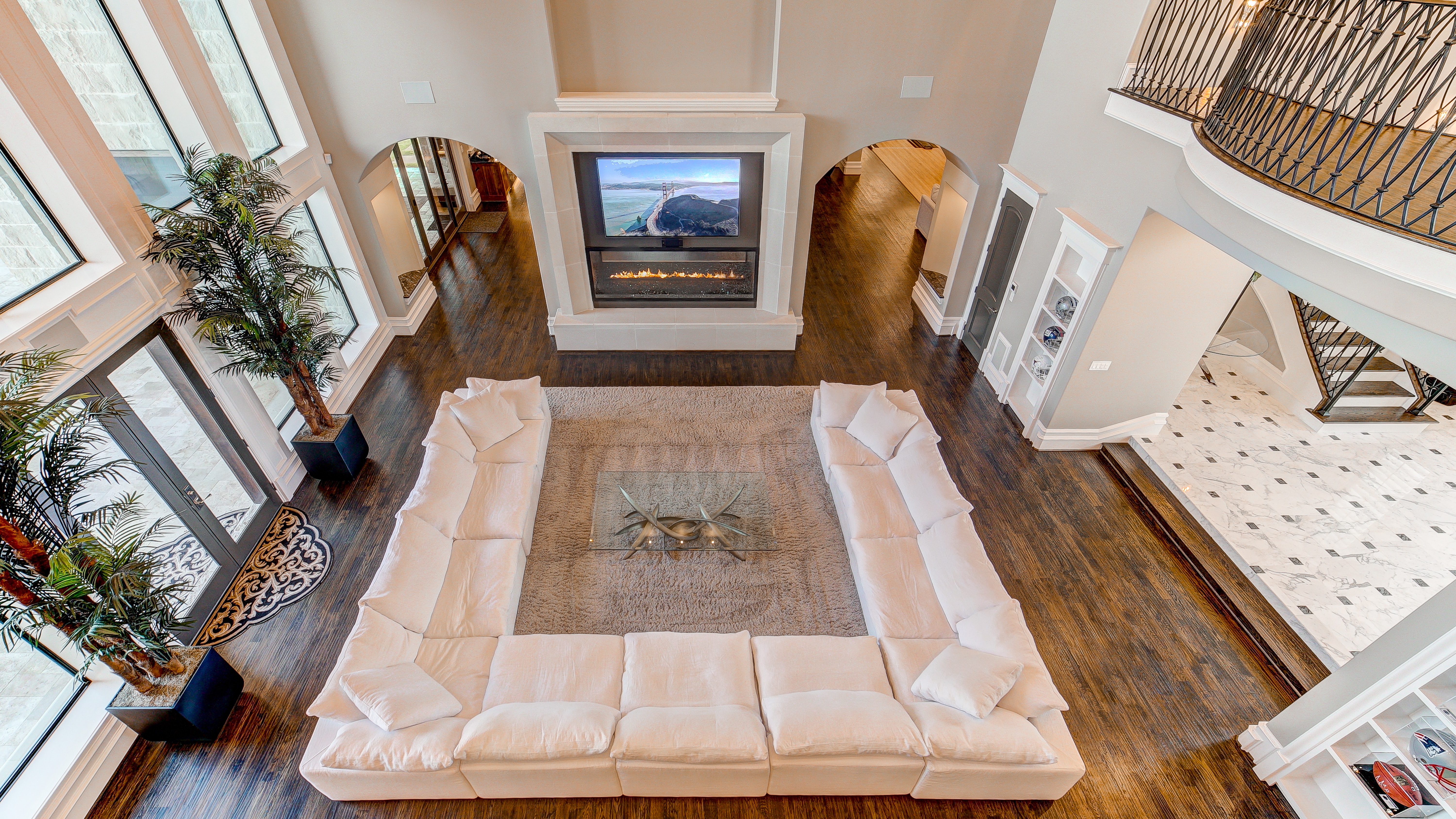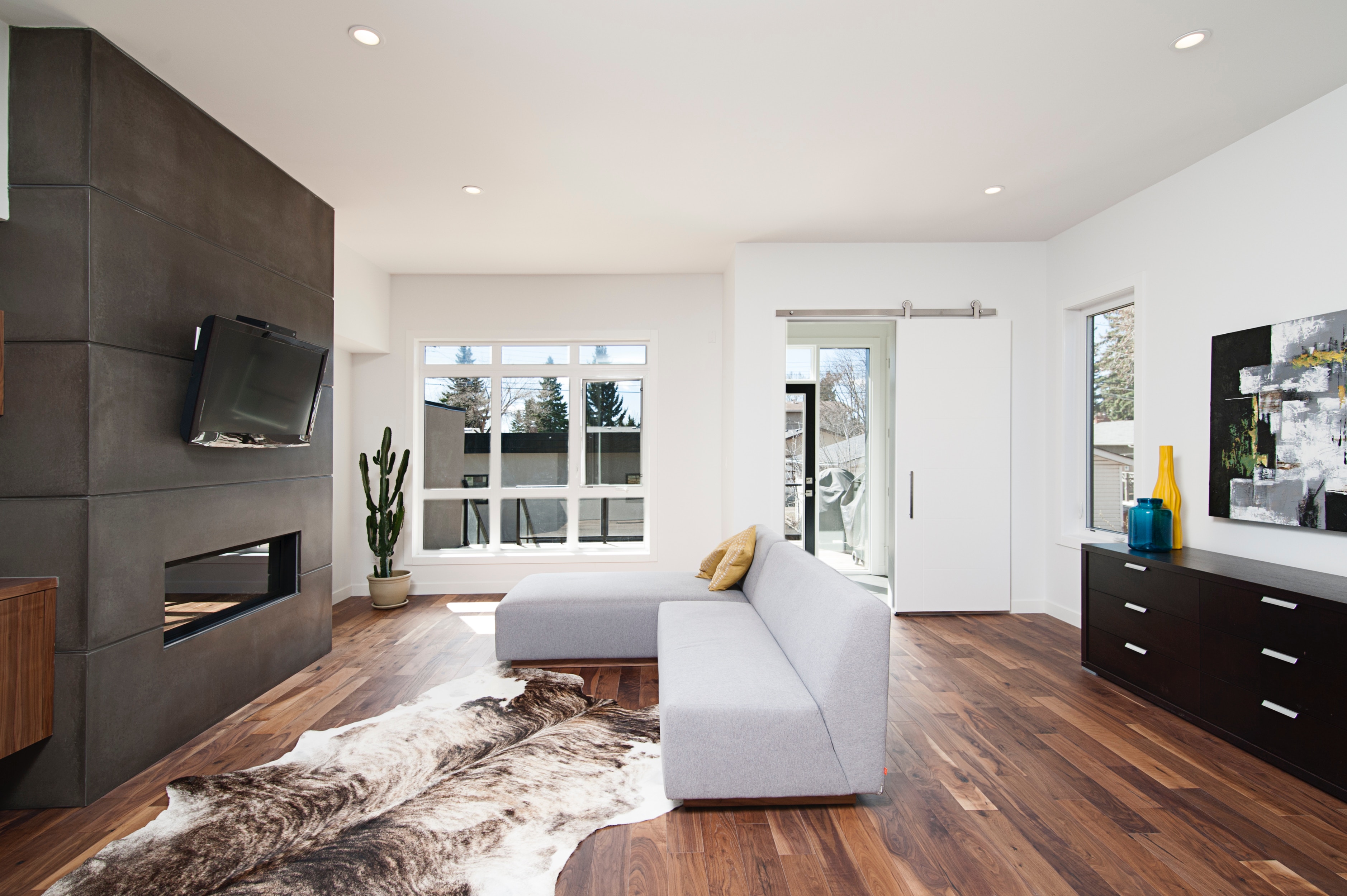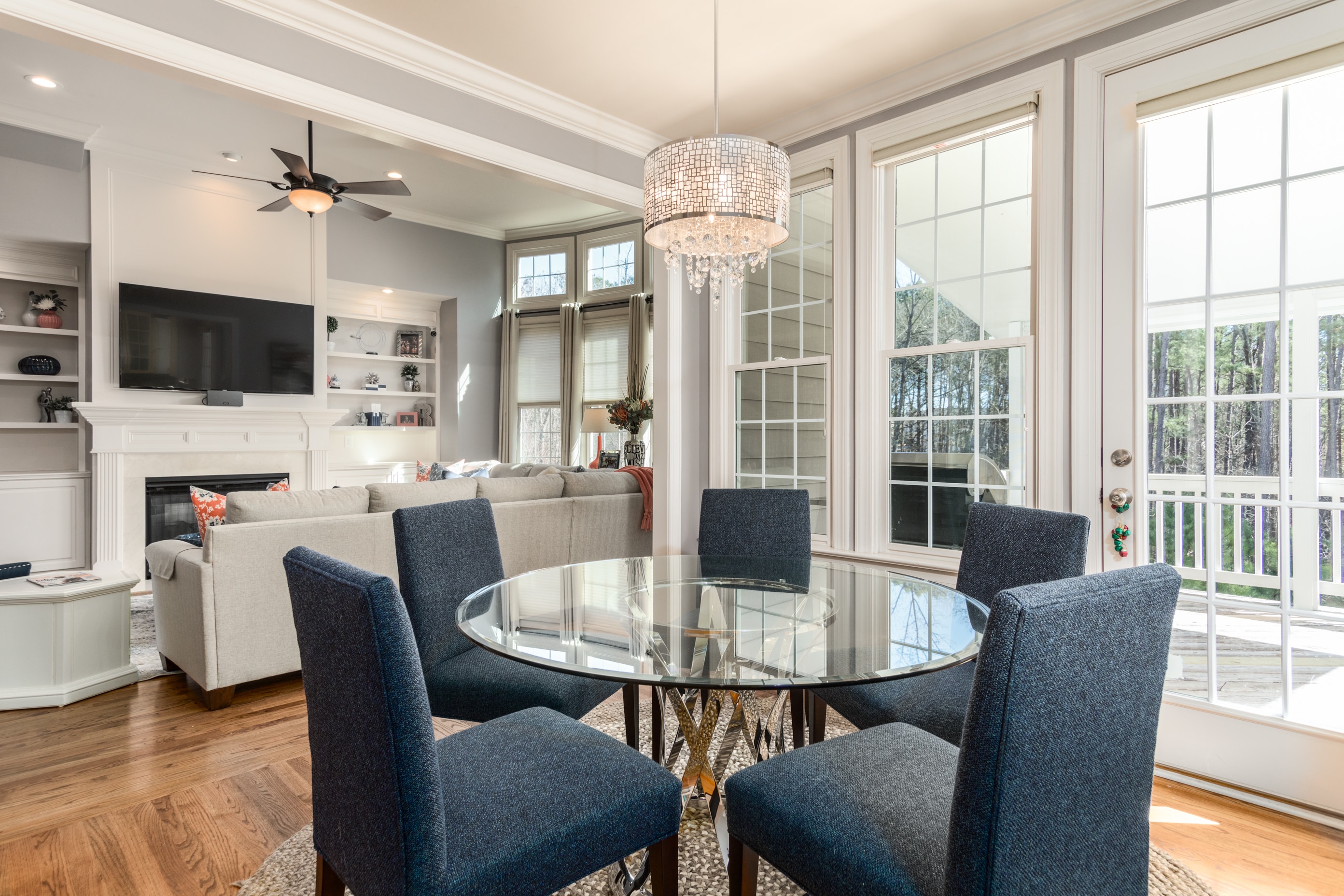5 Principles to Interior Design: Balance

20 Aug
As every home and personal choice is different, it would not be prudent to publish a definitive rule book to Interior Design. However, there are some core
principles that we follow time after time.
These principles also help to define what Interior Design is and what differentiates it from interior decorating and styling, although it does often cover these two activities as well!
In this first blog in the series, we look at: Balance
 Photo by Cindy Tang on Unsplash
Photo by Cindy Tang on Unsplash
We strive for life balance. When we achieve it, we reach a level of comfort within ourselves, a contented feeling or equilibrium. All too often we don’t quite get there and end up feeling rather uncomfortable and off-kilter.
The same can be said for your home. A home (or room) which does not have balance can often feel awkward even if you are unaware of the reasons why.
Balance can be achieved by the placement of fixtures, fittings and furniture and also in colours and textures.
There are three ways to achieve balance:
Symmetrical: objects in a mirror placement.
 Photo by Daniel Barnes on Unsplash
Photo by Daniel Barnes on Unsplash
Focal points such as fireplaces can be used to help position and space artwork, mirrors and side tables with identical lamps and accessories.
Focal points have changed over the years. Before central heating the focal point was always the fire. Keeping warm was the priority and sofas facing each other was the classic position.
Then came the TV which took precedence over fires, which declined in popularity as homeowners preferred cleaner and easier method of heating.
Now, we have the conundrum of which is the focal point as TVs are getting larger and more cinematic, but real fires are having a resurgence in popularity.
In order to streamline this, many place the TV above the fireplace but you must be cautious about this.
If you are too close and the TV is too high you can damage your neck as you will be straining at an unnatural angle. Equally, you need to be wary about placing a high-tech item above an intense heat source.
We can also use soft-furnishings to balance a room with window dressing colours and textures repeated throughout in accessories.
Asymmetrical: not equal placement.
 Photo by Jose Soriano on Unsplash
Photo by Jose Soriano on Unsplash
This is not a mirror image and furniture placement or accessories differ on each side of a focal point in height, texture or colour.
With the rise of corner and chaise style sofas this is more common than the classic mirrored positioning. Corner sofas have a more sociable feel than a formal face-to-face arrangement but there is likely to be a no-go zone in the corner itself, so be wary if you need a certain number of seats that you don’t include this area in your seat count.
Radial: radiating from one focal point, typically in a circular arrangement.
 Photo by Douglas Sheppard on Unsplash
Photo by Douglas Sheppard on Unsplash
A round table with chairs, lounge seating around a coffee table, a breakfast bar which accommodates all round seating. The focal point itself does not
need to be round however, the position of items around it should radiate from it.
The art of achieving the right balance depends on a number of factors; space, natural light, positioning of architectural features such as windows and stairs and of course function – how will the room or rooms be used, for what purpose does it have?
When the right balance has been achieved the flow will be better and a comfortable feeling created. Spaces around furniture will have an identity, accessories
and artwork will have greater impact (or subtlety), and colours & textures will have a presence.
The next blog in this series, Synchronisation will be released soon.

